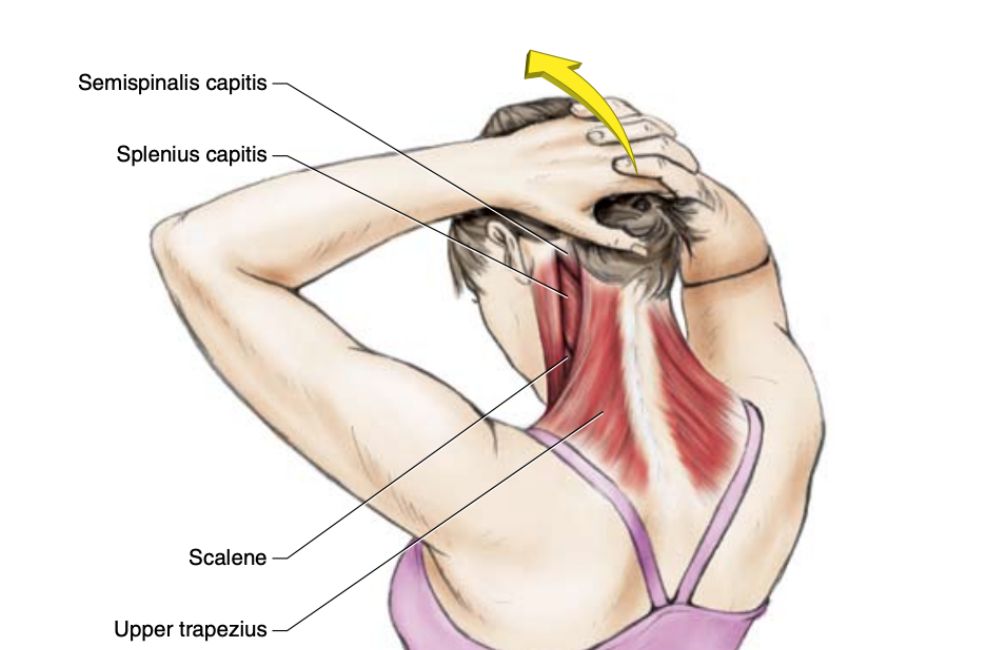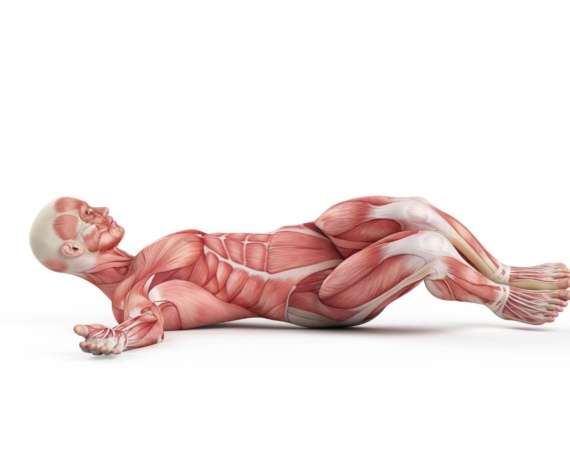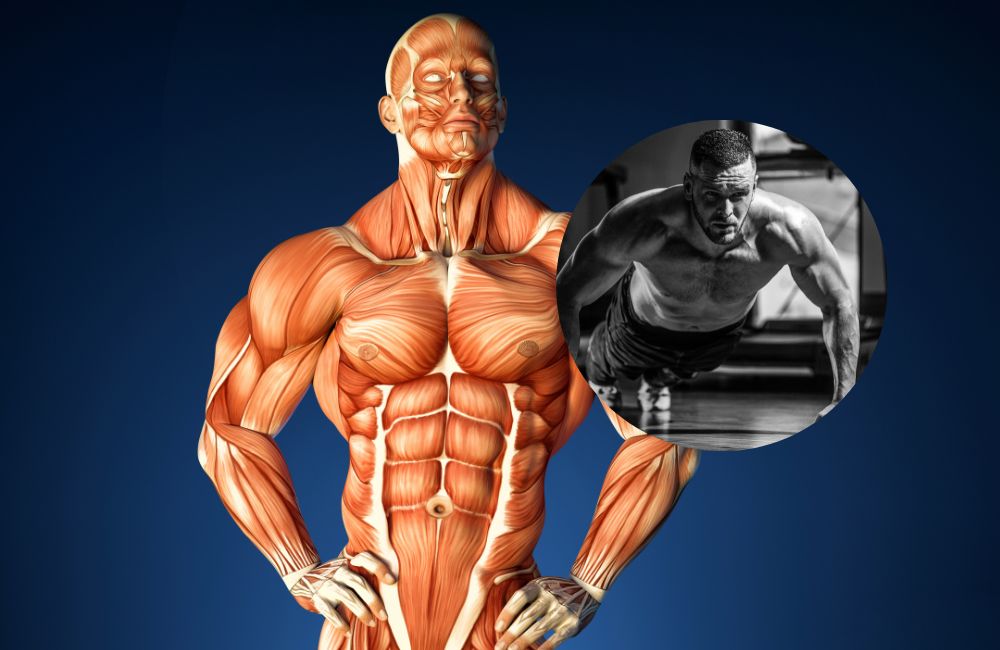
Hit every part of your body and get a full-body workout with no weights with this bodyweight workout.
If you hit any gym, from the glutes to the arms, there is a machine for working that particular body part. While those fancy equipment is fun and has a purpose, the truth is, you don’t need any of that to give your full body an effective workout.
All you really need is your body. That’s it.
You can do simple, yet powerful bodyweight exercises to engage and activate all the major muscle groups and more. And if you are thinking that’s not challenging enough, think again.
Just because you aren’t lifting heavy iron, it doesn’t mean you aren’t working against force. Take a classic exercise like push-ups, both during the down and up positions, you are lifting about 70% of your body weight.
According to Cooper Institute, during the up position of full push-ups, you are supporting 69.16% of body weight. In the down positions, your body is supporting 75.04% of your own bodyweight.
If you weigh somewhere around 190 lbs, that’s lifting 131 lbs of weight in the up position and 142 lbs of weight in the down position.
Even with equipment and dumbbells, the chances are, you aren’t working with anywhere near 70% of your bodyweight.
Smart exercise selection can truly unlock the hidden potential of bodyweight workouts. By pairing exercises wisely, you can certainly cover all grounds and work your body from your calves to the arms.
If you are ready for the ultimate bodyweight workout that can work the full body, here is the workout routine you can grab.
The Best Bodyweight Workout to Work Every Body Part
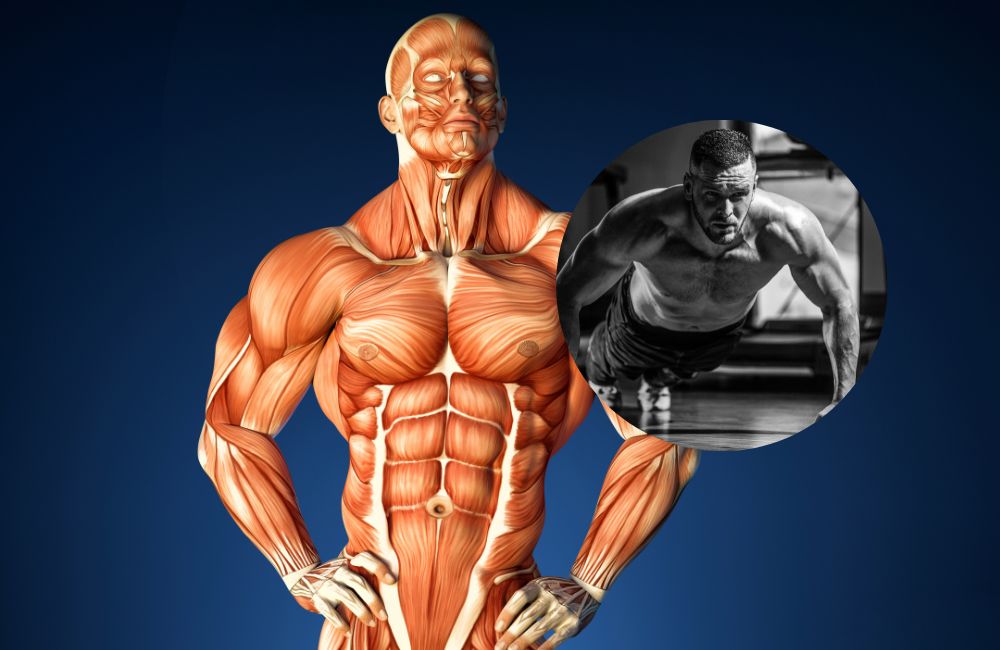
You’ll also like:
This Is The Only Bodyweight Workout You Really Need to Get In Shape
It Only Takes 5 Moves and 20 Minutes To Develop Muscle All Over Without Weights
1. Push Ups
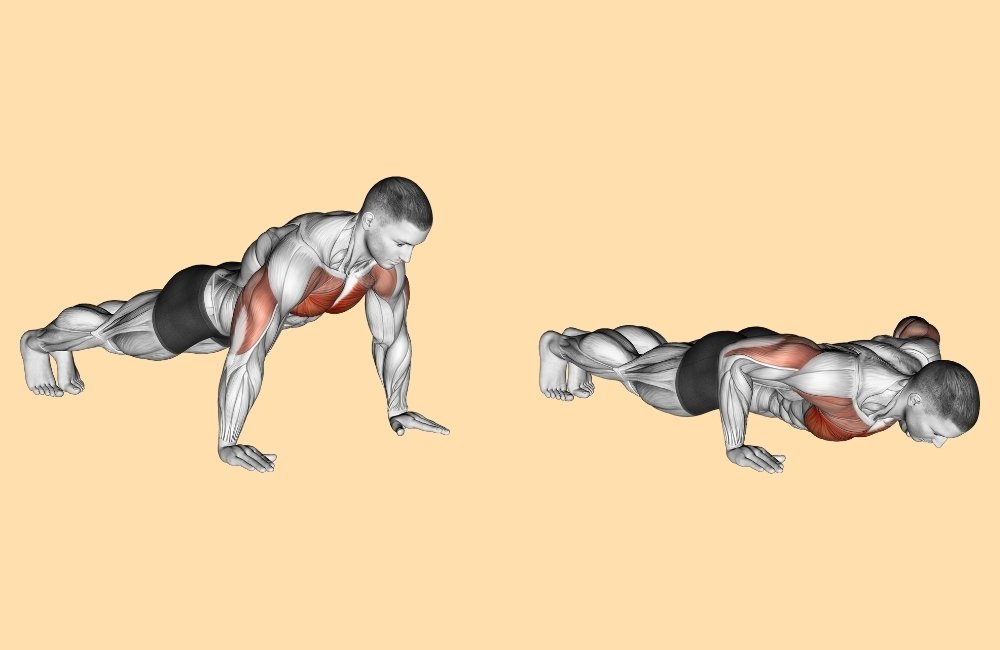
I’ve said it before and I’ll say it again: pushups are one of the best, most essential exercises in existence. In the basic push-ups, you’re using about 64% of your total body weight. This makes push-ups one of the best bodyweight workouts ones can do.
They can be modified in tons of different ways and are the perfect complement to any exercise routine. I
Parameters: Perform 3-5 sets of 10-15 repetitions per session, aiming for fatigue within this rep range. Rest for 30-60 seconds between sets and exercises.
How to Perform
- Start with your hands and toes on the ground with your hands about shoulder-width apart. Position your feet to be about hip-width apart.
- Slowly lower yourself down toward the ground with the goal of lightly touching your chest to the floor.
- Once you’ve reached the bottom of the rep, push yourself back up into the starting position. Repeat until you’ve completed the desired number of reps.
- Ensure that you maintain a flat back and tight core throughout the entirety of the exercise.
2. Burpees
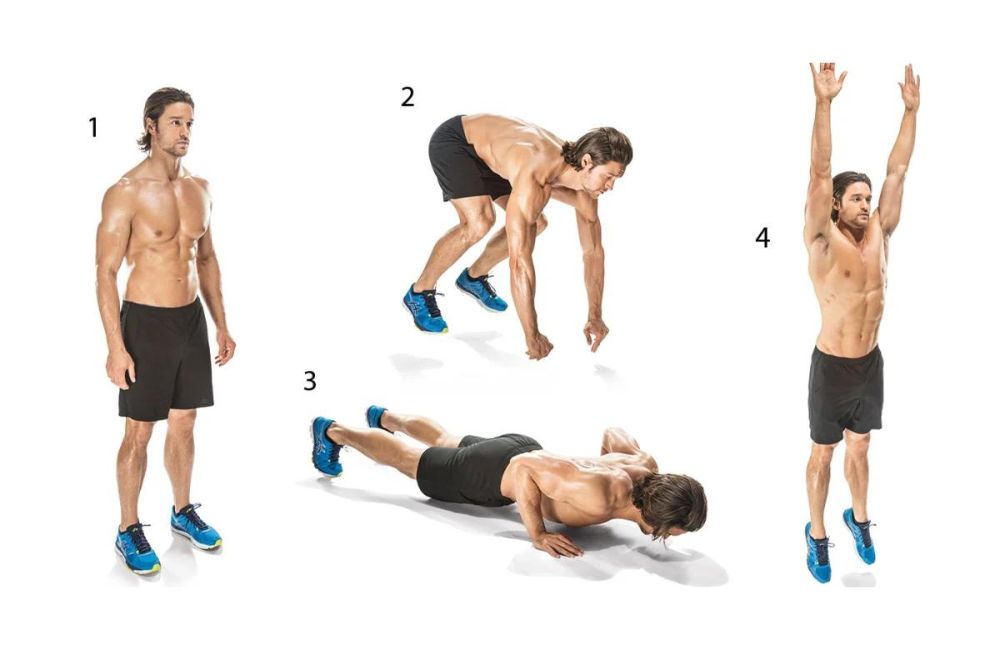
Burpees are almost universally hated by exercisers. This movement is exhausting, no matter who you are. Best of all, burpees provide a way to get both muscular endurance and a cardiovascular workout in a very small amount of space.
How to Perform
- Start in standing.
- As quickly as you can, drop into the “up” portion of a push-up position.
- Next, jump your legs forward and return to standing.
- Perform as many burpees as you can in the span of one minute. Then take a break for 30 seconds and repeat for 5 rounds.
- Perform this workout 2-3 times per week.
3. Squats
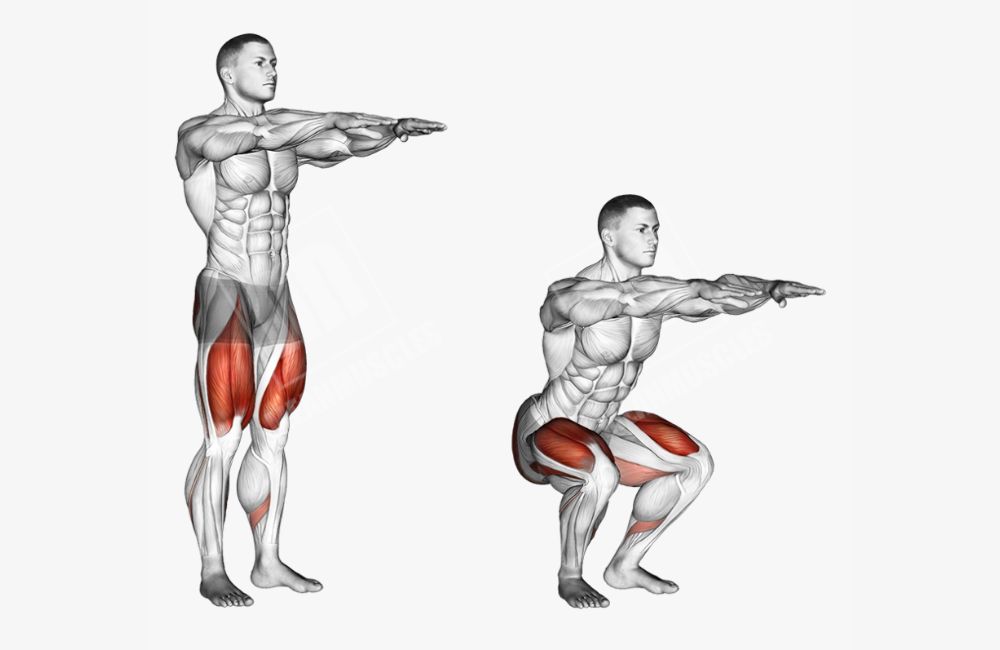
Squats are the best bodyweight workout you can do to train your legs and core.
By all accounts, humans have been squatting for thousands of years. We use this movement to pick up objects from the ground and for many other purposes.
Squatting has gotten a bad reputation in recent years as being “bad for the joints,” however, this is misguided information. Squats are an excellent exercise (when done correctly) and can be modified to fit the needs of almost any exerciser.
Parameters: Perform 3-5 sets of 10-15 repetitions per session, aiming for fatigue within this rep range. Rest for 30-60 seconds between sets and exercises.
How to Perform
- Stand with both feet flat on the ground and roughly hip-width apart.
- Ensure that your toes are pointed forward or slightly turned outward.
- Keeping your back from bending, slowly lower yourself down toward the ground. Allow your knees to bend (as if you are going to sit in a chair).
- Once you’ve reached the bottom of your range of motion, stand back upward. Repeat this alternating motion for the duration of the exercise.
4. Prone Snow Angels
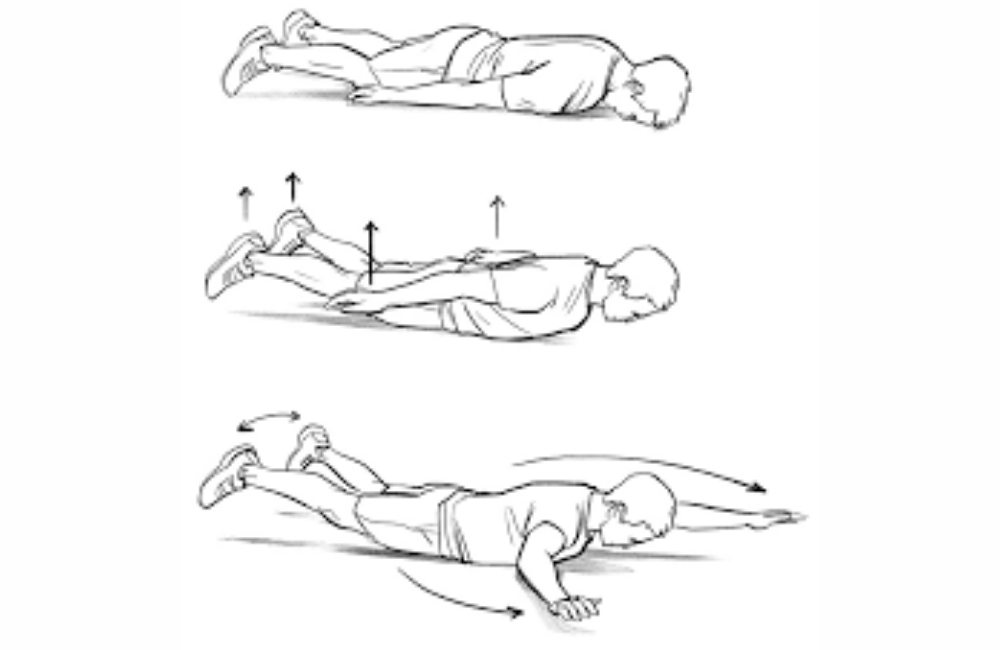
Many of the exercises in this list emphasize some of the major muscles in the body. This exercise focuses on some of the more neglected, minor muscles of the back and shoulders. It is a great movement to increase shoulder mobility and stability.
Parameters: Perform 3-5 sets of 10-15 repetitions per session, aiming for fatigue within this rep range. Rest for 30-60 seconds between sets and exercises.
How to Perform
- Lying on your stomach, extend your arms down next to your pockets.
- Lift both hands slightly toward the ceiling. Make an arcing motion above your head, as if you are making a snow angel.
- Without lowering your arms, reverse the arcing motion. Repeat this alternating “snow angel” pattern for the desired number of repetitions.
5. Isometric Lunges
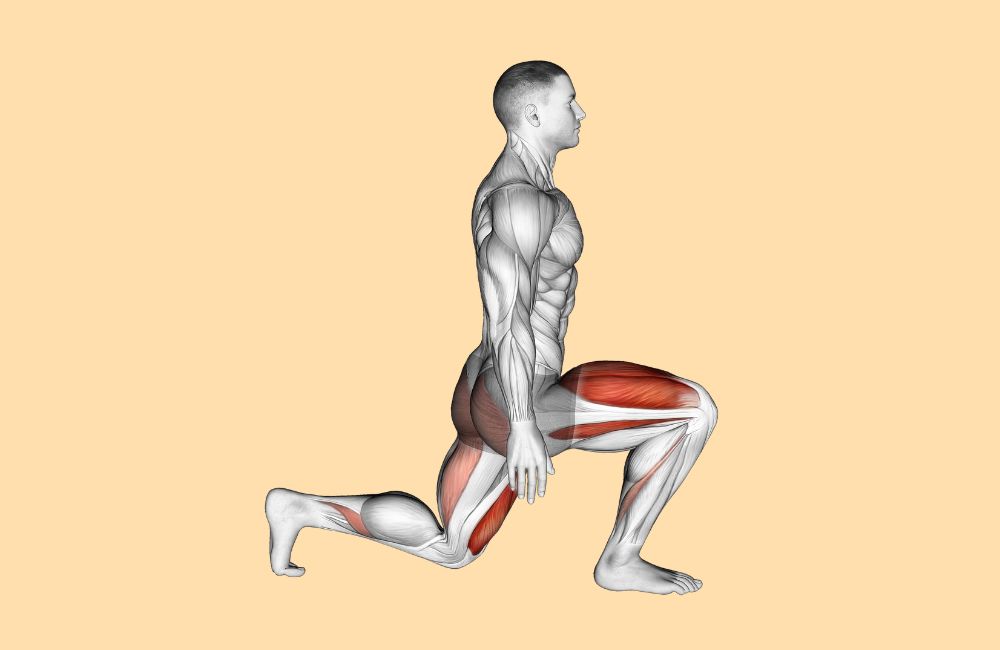
Lunges are a fantastic lower-body strengthening exercise. But they differ from other exercises in that they also help to increase balance.
Furthermore, lunges emphasize single-leg strength and stability. This leads to fewer asymmetries across the lower body. It’ll also lead to a lower chance of falling or developing balance issues later in life.
Parameters: Perform 3-5 sets of 10-15 repetitions per session, aiming for fatigue within this rep range. Rest for 30-60 seconds between sets and exercises.
How to Perform:
- Place your right leg a few feet in front of your left.
- Slowly lower your left knee down towards the ground by bending your right knee.
- With your left knee hovering slightly above the ground, hold this position for 15 seconds before standing back up.
- Repeat for the desired number of reps and then switch to the left leg.
7. Bodyweight Rows
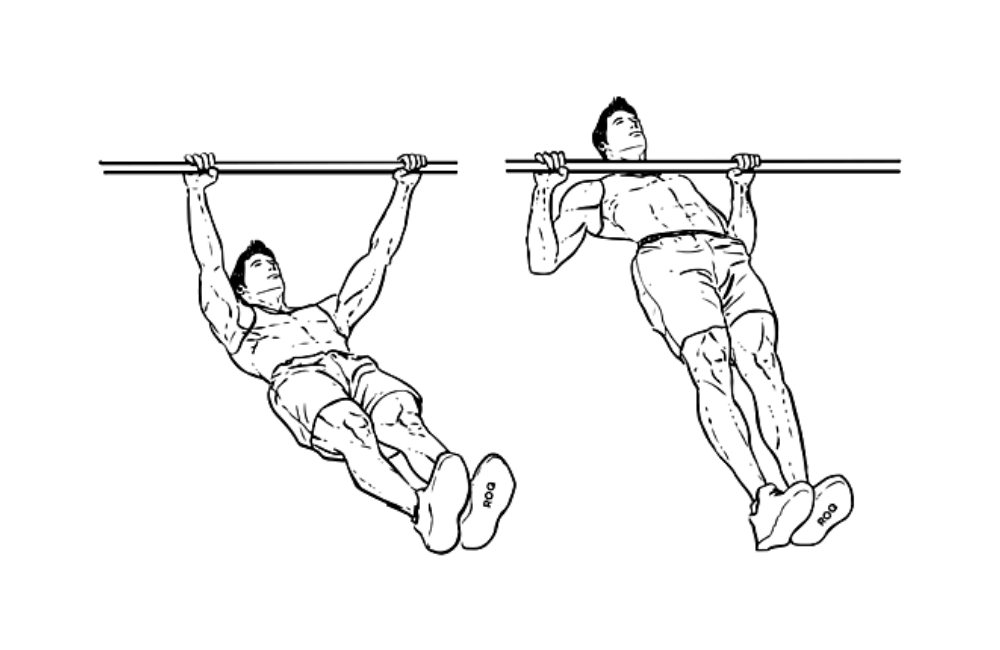
Much like pullups, bodyweight rows are often considered a very difficult exercise. This movement requires tons of shoulder and core stability. It will challenge you in many ways and there are various ways to progress the exercise as needed.
Parameters: Perform 3-5 sets of 10-15 repetitions per session, aiming for fatigue within this rep range. Rest for 30-60 seconds between sets and exercises.
How to Perform
- Adjust your pullup bar, or select a spot where you can grasp the bar with both hands while lying on your back.
- Pull yourself upward, aiming to contact your chest to the bar.
- Slowly lower yourself back down to the starting position, hovering just a bit above the floor to maintain tension.
- Repeat for the desired number of repetitions.
8. Jump Rope
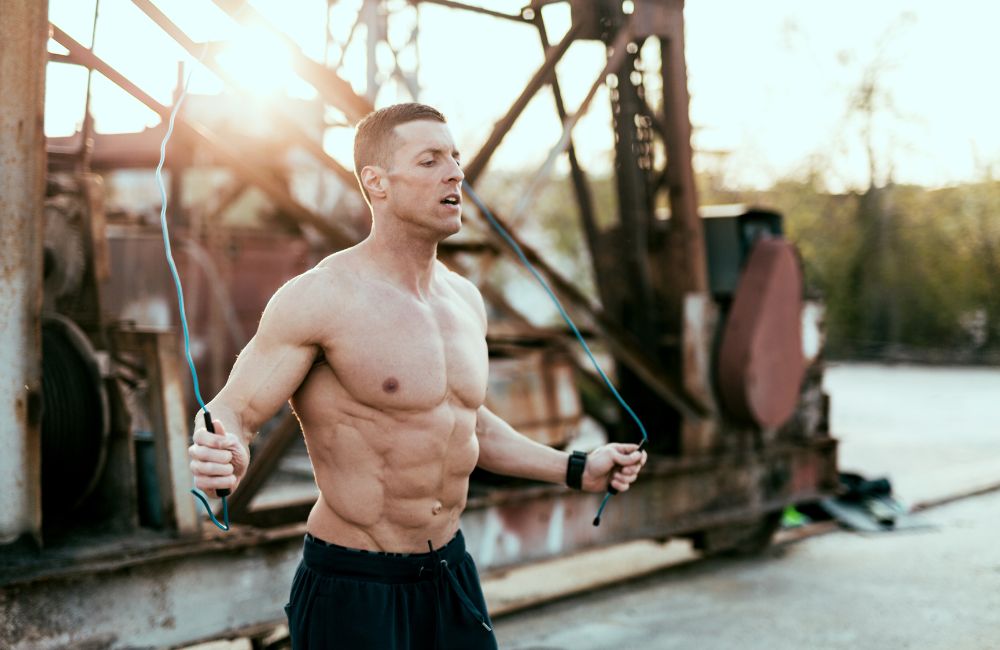
Jumping rope is equal parts taxing and fun. There are endless variations on the classic jump rope motion. Furthermore, this form of cardio will get your heart pumping harder than just about any other exercise in existence!
How to Perform:
- First, you’ll want to select a jump rope of the appropriate length for your body (or cut your rope to size).
- To test your jump rope length, stand on it with one foot and pull the handles up. For beginners, the handles should roughly reach your armpits in this position.
- Now, you’re ready to start jumping!
- The most basic jump rope move is the single hop with both legs.
- To perform this move, turn the rope and jump over it every time it gets close to your feet. Start by jumping rope for 1 minute, with 30-second breaks, for 10 rounds. You can perform this routine 3 times per week.
- Once you master the basics, you can experiment and create truly awesome jump rope routines!

